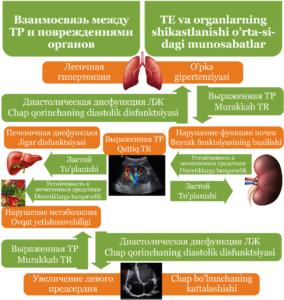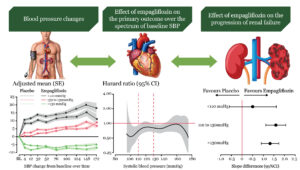Ref: Crit Care 24, 55 (2020). https://doi.org/10.1186/s13054-020-2763-4.
Introduction
The significant prevalence, increasing antimicrobial resistance and suboptimal clinical outcomes of patients with nosocomial pneumonia warrants the need for optimization of the antimicrobial dose. Meropenem, a carbapenem, is known to be effective against many pathogens causing nosocomial pneumonia. However, there is insufficient data regarding the intrapulmonary pharmacokinetics (PK) of meropenem when administered by continuous infusion (CI).
Aim
This study assessed the PK of two dosages of meropenem (3 g vs 6 g/day by CI) in the plasma and epithelial lining fluid (ELF) in critically ill patients with nosocomial pneumonia.
Methods
Treatment Strategy
- Out of 31 patients, meropenem 1 g/8 h and 2 g/8 h by CI (8 h infusion) was administered to 16 and 15 patients respectively
- Blood and ELF samples were obtained on 3rd or 4th day of treatment once a steady state was achieved
- Blood samples were collected pre-infusion and at 1.5, 3, 6, and 8 h after the start of meropenem infusion.
- ELF samples were obtained simultaneously at 6 h post-infusion by bronchoalveolar lavage (BAL) during a standardized fiberoptic bronchoscopy
- Plasma and ELF meropenem concentrations were modeled using a population methodology, and Monte Carlo simulations were performed to estimate the probability of attaining (PTA) a free ELF concentration of 50% of time above MIC (50% fT>MIC), which results in logarithmic killing and the suppression of resistance in experimental models of pneumonia.
Endpoints
- Median meropenem concentrations in plasma and ELF
- Probability of target attainment (PTA)
Results
- Median (IQR) meropenem plasma concentrations in the 2 g/8 h group were statistically higher at all times points compared to the 1 g/8 h group.
- The median (IQR) of meropenem AUC0–24 h in the plasma and ELF has been compared in table 1.
Table 1. Comparison of median (IQR) of meropenem in plasma and ELF
| Median (IQR) in plasma | Median (IQR) in ELF | |
| 1 g/8 h group | 287.6 (190.2) mg h/L | 84.1 (78.8) mg h/L |
| 2 g/8 h group | 448.1 (231.8) mg h/L | 163.0 (201.8) mg h/L |
- The penetration ratio was approximately 30% and was comparable between the dosage groups.
- An optimal PTA was achieved for MIC values < 2 mg/L with a dose of 1 g/8 h and for MIC values < 4 mg/L with a higher dose of 2 g/8 h as per the Monte Carlo simulations.
Conclusion
- Administration of meropenem by continuous infusion improves drug exposure in plasma and epithelial lining fluid (ELF) in critically ill patients with nosocomial pneumonia
- The highest licensed dose of 6 g/day (2 g/8 h) seemed to be necessary to achieve an optimal coverage in ELF for all susceptible isolates (MIC ≤ 2 mg/L) in patients with conserved renal function.
- An alternative therapy should be considered in the treatment of nosocomial pneumonia caused by gram-negative bacteria with a MIC greater than 2 mg/L.





